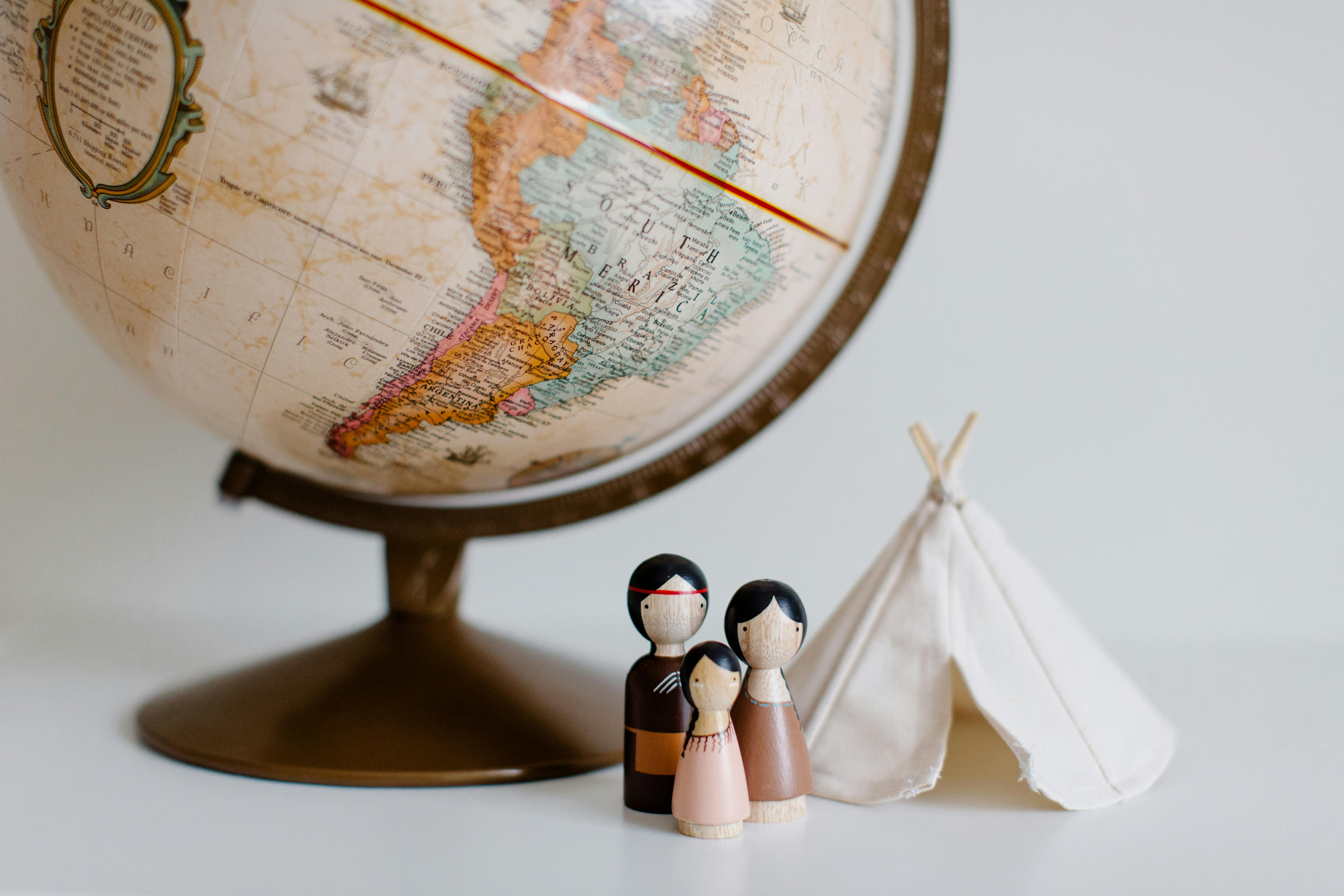It’s possible it was just thirst and hunger caused by biking during lunch time, or maybe it was our recent trip to Italy. Anyway, we both thought we had been transported from Provence to Tuscany. The hilly and undulating terrain, endless vineyards, Cyprus trees, olive groves and small villages are very reminiscent of Tuscany. With a deep history of Roman influence, it is no accident that the Luberon area of Provence resembles Tuscany. The Roman presence in what is now modern Provence began in 2 BC. The Roman rulers greatly influenced the architecture and monumental construction projects (aqueducts, theaters, arenas) within the region. There is documentation of organized religious activity since the 3rd century, in Provençal cities occupied by the Romans. During the 14th century (1309 – 1377) seven French popes led the Catholic Church from Avignon. The perched villages and castles of Provence created for defensive purposes are similar to those found in Tuscany.
The Luberon is located in the Vaucluse department of Provence. The rolling hills of the Petit Luberon transform into much steeper terrain near the legendary Mont Ventoux. Among the Luberon hills, there are small farming villages, large agricultural centers and ancient perched villages. There are vineyards throughout the region, including the famous Châteauneuf-du-Pape. In the Luberon, as in the rest of Provence, there are markets every day of the week.
We start our cycling trip in the beautiful village of Lourmarin, where there is a large market on Friday mornings. Lourmarin Market offers shoppers a wide variety of local food, clothing and produce. However, the town is small and the market is crowded, even in early May. Vendors include local vineyards, fruits and vegetables, flowers, seafood, cheese, breads, baked goods, clothing, ceramics, fabrics, etc. This writer can only imagine what the crowds are like in high season, at the time of his visit each The cafe was packed with market goers having lunch.
Vaucluse Tourisme has created fabulous free information for all kinds of activities, such as cycling, hiking, water sports, fishing and other activities. The bike routes are clearly signposted, well described by degree of difficulty, and even provide details on the location of restrooms along the way. The entire Luberon route is a 236 kilometer loop. We only completed a small out-and-back section of the Grande Luberon; with brief stops at Cucuron (single fountain in the main square), La Tour d’Aigue (remains of an 11th century castle), and Ansouis. Despite the popularity of the region, it was easy to find small roads and wide views. However, if there is any desire to eat at a restaurant at lunch time, play it safe and make a reservation.
Our last stop of the day was in the small town of Ansouis, with its castle perched on top of the hill and the town nestled next to it. This small town, the castle and the church are strongly influenced by the Italian styles of the time. We were lucky enough to accidentally arrive at the Chateau d’Ansouis just in time for the guided tour (they offer two tours every afternoon except Tuesday). This 12th-century castle was built on the foundations of an old defensive fort. This impressive structure had been occupied by generations of the Sabran family for centuries. However, it has now been sold to a private Provençal family, who are carefully restoring the sections. The castle offers the visitor beautiful views from the garden terraces.
Our brief day trip served as confirmation that we were right, the similarities between this part of Provence and Tuscany are not a mistake. Centuries of Roman occupation, religious influences, similar climates and landscapes have created an area that is remarkably similar to the beautiful Italian region. However, according to my husband, there is one particularly clear difference: there are no exceptional ice creams in Provence.

